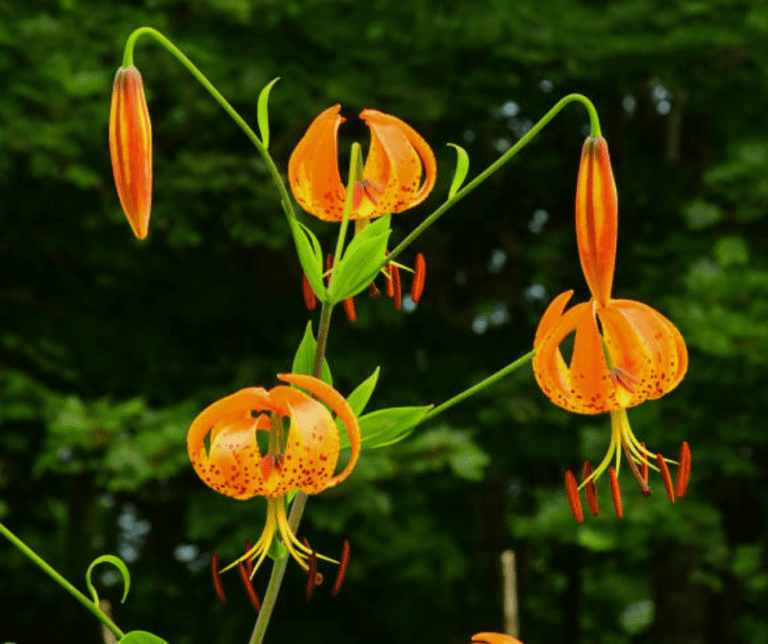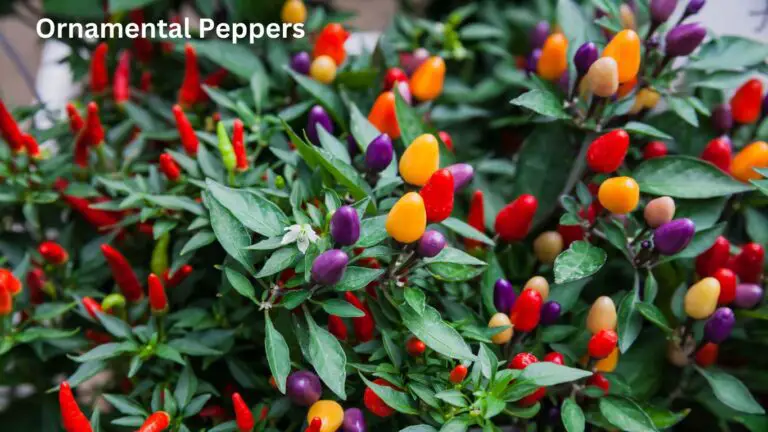Satin Pothos Care: The Best Misnamed Scindapsus Pictus
Table of Contents
Satin Pothos versus Scindapsus Pictus: Understanding the Difference
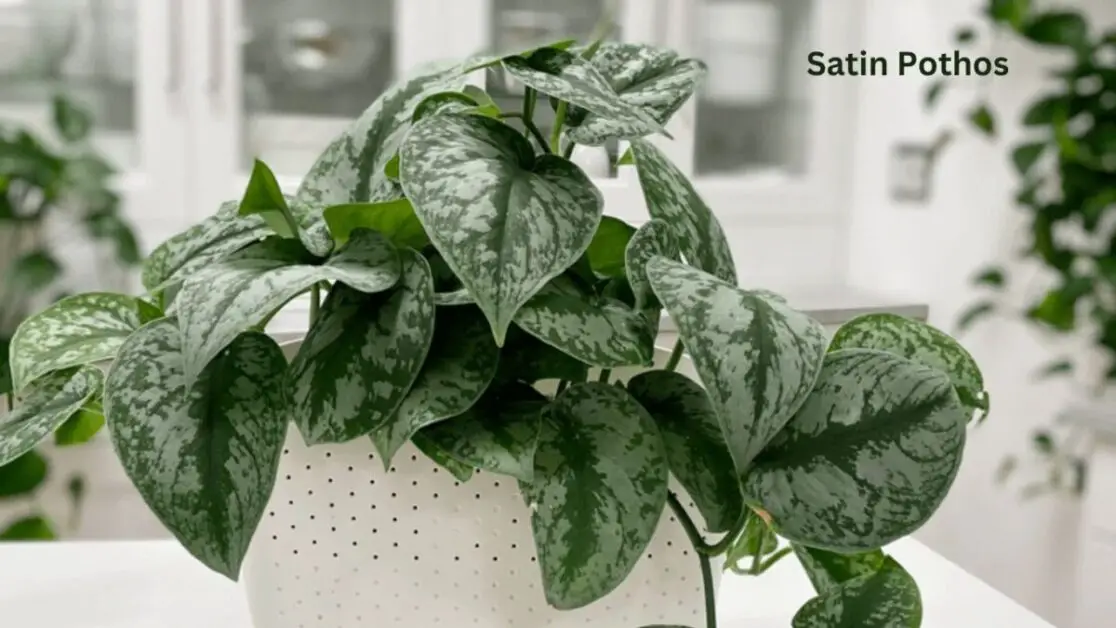
Satin Pothos and Scindapsus Pictus are often mistaken for each other due to their similar appearance, but they belong to different plant species. Satin Pothos, scientifically known as Scindapsus pictus ‘Exotica,’ features heart-shaped leaves with silver variegation, while Scindapsus Pictus, commonly referred to as Silver Philodendron, showcases elongated, pointed leaves with silvery markings. Understanding the distinctions between these two plants is crucial for providing them with appropriate care and ensuring their optimal growth.
In terms of care requirements, Satin Pothos and Scindapsus Pictus have some similarities but also notable differences. Satin Pothos thrives in low to medium indirect light conditions, making it suitable for indoor environments with limited sunlight. On the other hand, Scindapsus Pictus tolerates low light but prefers bright, indirect light to showcase its variegated foliage. Both plants require well-draining soil and regular watering, allowing the top inch of soil to dry out before rewatering. By recognizing the unique characteristics and care preferences of Satin Pothos and Scindapsus Pictus, plant enthusiasts can cultivate these beauties successfully in their homes or gardens.
Ideal Growing Conditions for Pothos
Satin Pothos, scientifically known as Scindapsus pictus, is a popular houseplant known for its stunning foliage and easy care requirements. When it comes to ensuring optimal growth conditions for your Satin Pothos, there are a few key factors to consider. Firstly, light plays a crucial role in the development of this plant. Satin Pothos thrives in medium to bright indirect light, making it ideal for indoor spaces with ample natural light or areas with artificial lighting sources.
In addition to light, maintaining appropriate watering practices is essential for the health of your Satin Pothos. These plants prefer consistently moist but not waterlogged soil. It’s important to allow the top inch of soil to dry out between waterings to prevent root rot. Finding the right balance in watering frequency can help promote lush growth and vibrant foliage in your Satin Pothos plant.
Light Requirements for Pothos
Satin Pothos, known for its lush green leaves that trail elegantly, thrives in moderate to bright indirect light. Ideally, placing your Satin Pothos near a window that receives filtered sunlight or in well-lit rooms away from direct sun exposure will ensure optimal growth. This plant can adapt to different light conditions but may exhibit slower growth or legginess if kept in low light settings for extended periods.
Insufficient light can lead to pale or yellowing leaves in Satin Pothos, while too much direct sunlight can scorch its delicate foliage. Monitoring the light levels in your space and adjusting the plant’s placement accordingly is key to maintaining its vibrant appearance. Remember to rotate your Satin Pothos occasionally to promote even growth on all sides and prevent it from leaning towards the light source.
Watering Guidelines for Pothos
Satin Pothos is a resilient plant that thrives when its watering needs are well understood and met. It is important to strike a balance when watering your Satin Pothos to prevent issues like root rot or dehydration. To maintain optimal soil moisture levels, water your Satin Pothos when the top inch of the soil feels dry to the touch. Overwatering can lead to waterlogged soil which may suffocate the roots, so ensure proper drainage in your pot to avoid this common pitfall.
Consistency in watering is key to the health of your Satin Pothos. While it’s important to allow the soil to dry slightly between waterings, you must also avoid letting it completely dry out. Avoid creating water stress by monitoring the plant’s moisture needs regularly. Adjust your watering schedule according to environmental factors like humidity and temperature, as these can influence how quickly your Satin Pothos dries out. By paying attention to these cues and providing adequate water without overdoing it, you can help your Satin Pothos thrive and grace your living space with its lush greenery.
Choosing the Right Soil for Pothos
When choosing the right soil for your Satin Pothos, it’s essential to consider the plant’s natural habitat and requirements. Satin Pothos, botanically known as Scindapsus pictus ‘Exotica,’ thrives in well-draining, lightweight potting mixes that retain some moisture without becoming waterlogged. A good mix for Satin Pothos includes a combination of peat moss, perlite, and orchid bark to provide aeration, proper drainage, and moisture retention, mimicking the plant’s native tropical environment. These components create a balanced medium that allows the roots to access oxygen while holding onto enough water to sustain the plant’s growth.
Avoid heavy soils that hold water for prolonged periods, as they can lead to root rot and other moisture-related issues. Additionally, ensure the soil is slightly acidic to neutral (pH 6.0-7.0) to support nutrient uptake and overall plant health. Regularly check the soil’s moisture levels to prevent overwatering, which can be detrimental to Satin Pothos. By selecting a well-draining, aerated potting mix with the right pH level, you provide an ideal foundation for your Satin Pothos to flourish and thrive in your indoor garden or decorative space.
Fertilizing Tips for Healthy Pothos Growth
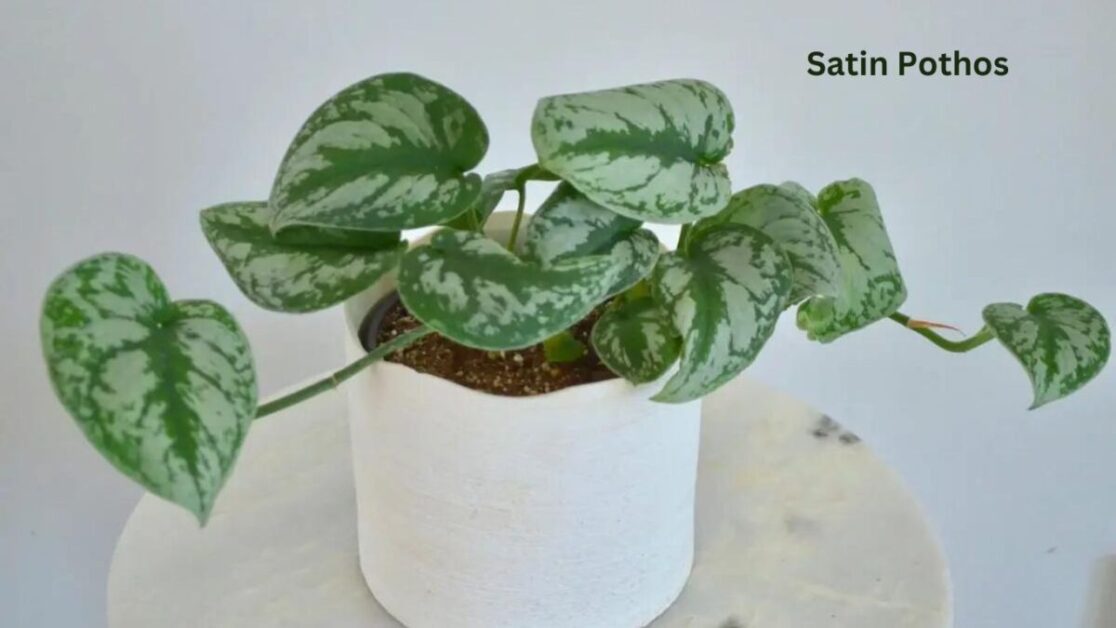
When it comes to fertilizing pothos for healthy growth, it’s essential to provide the right nutrients at the right time. Satin pothos is a low-maintenance plant, but regular fertilization can help boost its overall health and vibrancy. To ensure optimal growth, use a balanced liquid fertilizer diluted to half strength, as pothos is sensitive to harsh chemicals. Fertilize your pothos every 4-6 weeks during the growing season, typically from spring to early fall. Over-fertilizing can lead to salt build-up in the soil, causing root damage, so it’s crucial to stick to a consistent and moderate feeding schedule.
One key factor to consider when fertilizing satin pothos is the nitrogen-phosphorus-potassium (N-P-K) ratio in the fertilizer. A balanced liquid fertilizer with a ratio of 10-10-10 or 20-20-20 is suitable for pothos, providing essential nutrients for healthy leaf growth and overall plant development. Avoid using slow-release fertilizers, as pothos prefers a steady supply of nutrients to support steady growth. Always follow the manufacturer’s instructions for dilution and application to prevent the risk of over-fertilization, which can lead to nutrient imbalances and subsequent plant stress. By providing proper fertilization, you can ensure that your pothos thrives and displays lush, vibrant foliage in your indoor jungle.
Pruning and Propagating Pothos
Pruning and propagating Satin Pothos are essential tasks to maintain the health and vitality of this beautiful plant. When it comes to pruning, removing any yellowing or damaged leaves not only enhances the aesthetic appeal of the plant but also promotes new growth. Additionally, trimming back leggy stems helps maintain a compact and bushy appearance. When propagating Pothos, stem cuttings are the most common method. Simply snip a stem just below a node and place it in water or moist soil to encourage root development. Once roots have established, transplant the cutting into a new pot with well-draining soil for continued growth.
Propagation is a great way to expand your Pothos collection or share this lovely plant with friends and family. By mastering the art of pruning and propagating, you can ensure your Pothos remains healthy and thriving for years to come. Remember to provide proper care and attention post-propagation to support the new growth and ensure the success of your propagation efforts. By following these simple guidelines, you can enjoy a flourishing Satin Pothos collection in your home while also honing your gardening skills.
Common Pests and Diseases Affecting Pothos
Satin Pothos, although resilient, is not immune to pests and diseases that can affect its health and vitality. The most common pests that gardeners may encounter when caring for their Pothos include spider mites, mealybugs, and aphids. These tiny insects can infest the plant, leading to yellowing leaves, stunted growth, and overall decline in appearance. To combat these pests, ensuring regular inspection of the plant and implementing appropriate measures such as neem oil or insecticidal soap can help in keeping them at bay.
In terms of diseases, Pothos may be susceptible to root rot if overwatered or planted in soil that doesn’t drain well. Root rot can manifest in wilting leaves, yellowing foliage, and a foul odor emanating from the soil. To prevent root rot, it is crucial to allow the soil to dry out between watering sessions and ensure proper drainage to avoid waterlogging. Additionally, practicing good hygiene by removing dead or decaying material from the plant and its surroundings can help prevent the onset of diseases in Pothos.
Troubleshooting Yellowing Leaves on Satin Pothos
Yellowing leaves on your Satin Pothos can be a sign of various issues that need to be addressed promptly to ensure the health of your plant. One common cause of yellowing leaves is overwatering, which can lead to root rot and nutrient deficiencies. To combat this, make sure to allow the soil to partially dry out between waterings and adjust your watering schedule as needed based on the plant’s individual requirements. Additionally, inadequate light exposure can also result in yellow leaves. Pothos thrives in indirect, bright light, so consider moving your plant to a spot where it can receive sufficient sunlight without being exposed to direct rays that may scorch its delicate leaves.
Another factor to consider when troubleshooting yellowing leaves on your Pothos is the temperature and humidity levels in its environment. Pothos plants prefer temperatures between 60-85°F (15-29°C) and thrive in moderate to high humidity. Low humidity levels can cause leaf discoloration, so consider placing a humidifier near your plant or misting its leaves regularly to create a more favorable growing environment. By addressing these potential causes of yellowing leaves and providing your Pothos with the care it needs, you can help it regain its vibrant green color and continue to thrive in your home or garden.
Repotting Pothos: When and How to Do It
When your Satin Pothos begins to outgrow its current pot, it’s time to consider repotting to provide it with more room to thrive. Generally, repotting every 1-2 years is recommended, especially if you notice the plant becoming root-bound or showing signs of stunted growth. To determine if your Pothos needs repotting, check the drainage holes for root growth, look for roots emerging from the soil surface, and assess if the plant seems top-heavy or unstable in its current container.
When choosing a new pot for repotting your Pothos, opt for a container that is 1-2 inches larger in diameter than the current one. Ensure the new pot has drainage holes to prevent waterlogging, which can lead to root rot. Use a well-draining potting mix that retains some moisture but doesn’t get soggy. Gently remove the plant from its current pot, loosen the roots if they are tightly packed, and place it in the center of the new container at the same soil level as before. Fill in the gaps with fresh potting mix, water the plant thoroughly, and place it in a location with indirect sunlight to aid in its acclimatization to the new environment.
Creating a Support System for Climbing Pothos
When growing climbing Satin Pothos indoors, providing a suitable support system is essential for their proper development. As a vining plant, Pothos will naturally seek a structure to climb on, enhancing its aesthetic appeal and overall growth. One effective method to support this plant is by using a trellis or moss pole. These structures not only offer stability but also encourage the Pothos to grow upward, creating a visually appealing display in your living space. By guiding the vines along the support system, you can prevent tangling and promote a lush, full appearance for your plant.
Another way to support climbing Pothos is by incorporating it into a hanging basket with a sturdy hook or ceiling-mounted plant hanger. This setup allows the vines to cascade gracefully downwards while still providing the necessary support for upward growth. Hanging baskets not only save floor space but also add a unique dimension to your indoor garden. With the right support system in place, your climbing Pothos can thrive and become a beautiful focal point in your home décor.
Decorating with Pothos: Styling Tips and Ideas
When it comes to decorating with Pothos, the lush green foliage of this plant can add an elegant touch to any room. Consider hanging baskets of Pothos in areas with ample natural light, such as near a window or in a well-lit corner. The trailing vines of the plant can create a stunning cascading effect, adding a dynamic element to your space. To elevate the visual appeal, mix and match different pot sizes and shapes to create a modern and eclectic display.
Incorporating Pothos into a botanical gallery wall can add a fresh and vibrant vibe to your living space. Pairing it with other low-light tolerant plants like Snake Plants or Spider Plants can create a harmonious and visually appealing arrangement. Additionally, styling Pothos on shelves or as a tabletop centerpiece can infuse a touch of nature into your home decor. Experiment with different placement options to find the perfect spot where your Pothos can thrive while simultaneously enhancing the aesthetic appeal of your living space.
Benefits of Having Satin Pothos in Your Home
Satin Pothos is not just a visually appealing houseplant; it also offers numerous benefits for your home environment. One of the key advantages of having Satin Pothos in your space is its air-purifying properties. This plant is known to filter out common indoor pollutants like formaldehyde, benzene, and xylene, helping to improve the air quality in your home naturally. Additionally, Satin Pothos can also increase humidity levels, which can be beneficial, especially during the dry winter months when indoor air tends to be drier.
Furthermore, Satin Pothos is a low-maintenance plant that thrives in various light conditions, making it an excellent choice for both experienced gardeners and beginners. Its resilience and adaptability make it a perfect addition to any indoor setting, whether you have limited natural light or ample sunlight streaming through your windows. With its cascading vines and heart-shaped leaves, Satin Pothos adds a touch of greenery and elegance to any room, creating a calming and inviting atmosphere for you to enjoy.
The Myth of Satin Pothos: Debunking Common Misconceptions
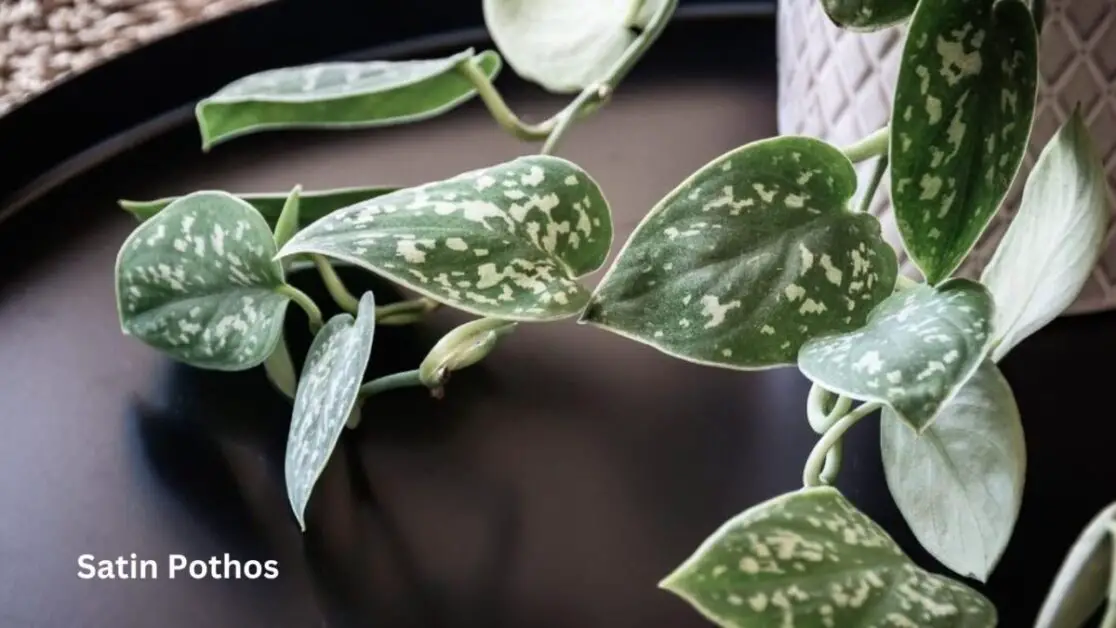
One common myth surrounding Pothos is that it is toxic to pets and humans. While it is true that Pothos contains calcium oxalate crystals that can cause irritation if ingested, it is not considered highly toxic. According to the American Society for the Prevention of Cruelty to Animals (ASPCA),Pothos can lead to mild gastrointestinal distress, such as drooling, vomiting, or difficulty swallowing, but it is rarely life-threatening. As with any houseplant, it is still advisable to keep Pothos out of reach of pets and children to avoid any potential issues.
Another misconception is that Satin Pothos requires high levels of humidity to thrive. While Pothos does appreciate some humidity, it is actually quite adaptable to different environments. This plant can thrive in typical household humidity levels and does not require a humidifier to grow well. As long as you provide the plant with the right amount of water, light, and well-draining soil, Pothos can flourish in various indoor settings without the need for excessive humidity levels.
Here’s a simple table about Satin Pothos:
| Attribute | Description |
|---|---|
| Scientific Name | Scindapsus pictus ‘Exotica’ |
| Common Names | Satin Pothos, Silver Philodendron |
| Family | Araceae |
| Origin | Southeast Asia |
| Light Requirements | Indirect sunlight or low light |
| Watering | Allow soil to dry slightly between waterings |
| Soil Type | Well-draining potting mix |
| Temperature | Prefers temperatures above 60°F (15°C) |
| Humidity | Thrives in high humidity |
| Growth Rate | Moderate |
| Toxicity | Toxic to pets if ingested |
| Special Features | Variegated leaves with silver markings |
This table provides basic information about Pothos, including its scientific name, common names, origin, care requirements, and notable features.
Celebrating the Beauty and Resilience of Pothos
Pothos, with its lush green leaves intricately patterned in silver, is a striking addition to any indoor space. Its beauty lies in the contrast between the radiant leaves and the subtle sheen that gives it an elegant appearance. As it cascades gracefully from hanging baskets or climbs with vigor, the pothos creates a refreshing and lively atmosphere, transforming any room into a tranquil oasis. Its resilience shines through as it thrives in low light conditions and tolerates occasional neglect, making it a perfect choice for busy plant enthusiasts or those new to gardening.
The beauty of satin pothos extends beyond its aesthetics, as it also offers numerous benefits for both physical and mental well-being. Not only does it purify the air by filtering out toxins and pollutants, but it also promotes relaxation and reduces stress levels through its calming presence. Its adaptability to different environments and ease of care make it a popular choice for both experienced gardeners and beginners looking to add a touch of greenery to their homes. Celebrate the beauty and resilience of pothos by incorporating this versatile plant into your living space and reaping the rewards it offers for a healthier and more vibrant lifestyle.
Can Satin Pothos survive in low light conditions?
Satin Pothos can tolerate low light conditions, but it thrives best in bright, indirect light.
How often should I fertilize my Satin Pothos?
Fertilize your Satin Pothos every 4-6 weeks during the growing season (spring and summer) with a balanced houseplant fertilizer.
Is Satin Pothos toxic to pets?
Yes, Satin Pothos is toxic to pets if ingested. Keep it out of reach of your furry friends.
Can I place my Satin Pothos outdoors during the warmer months?
Yes, you can place your Satin Pothos outdoors in a shaded area during the warmer months, but make sure to bring it back indoors once the temperatures drop.
How fast does Satin Pothos grow?
Satin Pothos is a relatively fast-growing plant, especially in optimal conditions. You may need to prune it regularly to control its growth.
Can Satin Pothos be propagated in water?
Yes, Satin Pothos can be easily propagated in water. Simply cut a healthy stem with a few leaves and place it in a jar of water until roots develop.
How do I know if my Satin Pothos needs to be repotted?
If you notice the roots growing out of the drainage holes or the plant becoming root-bound, it’s time to repot your Satin Pothos into a slightly larger container.




